
- August 24, 2023
- Dennis Frank
- 3
Table of Contents
Exploring the Top Blockchain Use Cases
As the world becomes increasingly digital, blockchain technology has emerged as a revolutionary solution to many of the challenges we face today. From financial services to supply chain management and healthcare, blockchain has the potential to transform how we conduct business, store and share data, and manage our lives. In this article, we explore some of the top blockchain use cases and how they are reshaping industries.
Understanding Blockchain Technology
Before we dive into the use cases, it’s important to understand what blockchain is. Essentially, a blockchain is a distributed digital ledger that allows for secure, transparent, and tamper-proof transactions without the need for a central authority.
What is Blockchain?
Simply put, a blockchain is a database of transactions that are linked together in a chain of blocks, each containing a unique cryptographic hash. This chain of blocks is distributed across a network of computers, or nodes, that collectively validate and verify the transactions.
The concept of blockchain was first introduced in 2008 by an unknown person or group of people using the pseudonym Satoshi Nakamoto. The first and most well-known implementation of blockchain technology is Bitcoin, a decentralized digital currency that allows for peer-to-peer transactions without the need for a middleman.
How Does Blockchain Work?
When a new transaction is initiated, it is broadcasted to the network for validation. Each node in the network independently verifies the transaction using a consensus algorithm, such as Proof of Work or Proof of Stake. Once the transaction is validated, it is added to a new block, which is then added to the existing chain, forming a permanent, transparent, and unalterable record of the transaction.
One of the key benefits of blockchain technology is its ability to prevent double-spending. Because every transaction is recorded on the blockchain, it is impossible for a user to spend the same cryptocurrency more than once. This is because once a transaction is recorded on the blockchain, it cannot be altered or deleted.
Key Features of Blockchain Technology
Blockchain technology has several key features that set it apart from traditional databases.
- Decentralization: There is no central authority controlling the network. Instead, the network is made up of a distributed group of nodes that work together to validate and verify transactions.
- Security: Transactions are secured using complex cryptographic algorithms that make it virtually impossible for hackers to tamper with the data.
- Transparency: All transactions are visible to anyone on the network, making it easy to track the movement of cryptocurrency and other digital assets.
- Immutability: Once a transaction is verified and recorded, it cannot be altered or deleted. This means that the data on the blockchain is permanent and cannot be tampered with.
Another key feature of blockchain technology is its potential to disrupt a wide range of industries. Because it allows for secure, transparent, and tamper-proof transactions without the need for a central authority, it has the potential to revolutionize everything from finance and healthcare to supply chain management and voting systems.
Financial Services and Blockchain
The financial services industry has been around for centuries, and for the most part, it has remained relatively unchanged. However, with the advent of blockchain technology, the industry is ripe for disruption. Blockchain technology is at the forefront of this revolution and is transforming the way financial services operate. Here are some of the top blockchain use cases in finance.
Cryptocurrencies and Digital Payments
Perhaps the most well-known use case of blockchain in finance is cryptocurrencies. Bitcoin, the first and most well-known cryptocurrency, is powered by blockchain technology and allows for decentralized, peer-to-peer transactions without the need for intermediaries. This means that users can send and receive payments without relying on banks or other financial institutions.
Besides Bitcoin, other cryptocurrencies and digital payment platforms like Ethereum, Ripple, and Stellar have emerged, each utilizing blockchain technology to provide faster, cheaper, and more secure transactions. These platforms have the potential to revolutionize the way we make payments and conduct transactions.
Cross-border Transactions
Blockchain technology can also simplify cross-border transactions, which are often complex and time-consuming. With blockchain, transactions can be completed instantly, with lower fees and no intermediaries. Companies like Ripple and Stellar are leading the way in this area, partnering with banks and financial institutions to streamline cross-border payments.
In addition to simplifying cross-border transactions, blockchain technology can also provide greater transparency and security. This is particularly important in countries where corruption and fraud are rampant.
Decentralized Finance (DeFi)
Decentralized finance, or DeFi, is an emerging use case of blockchain technology that aims to create a more open, transparent, and accessible financial system. It uses smart contracts, which are self-executing contracts with the terms of the agreement between buyer and seller being directly written into lines of code. Smart contracts can automate financial processes like lending, borrowing, and trading without the need for intermediaries.
DeFi has the potential to democratize finance by removing the need for traditional financial institutions. This means that anyone with an internet connection can access financial services like loans, savings, and investments.
Overall, blockchain technology is transforming the financial services industry in ways that were once thought impossible. As more companies and institutions adopt blockchain technology, we can expect to see even more innovative use cases emerge.
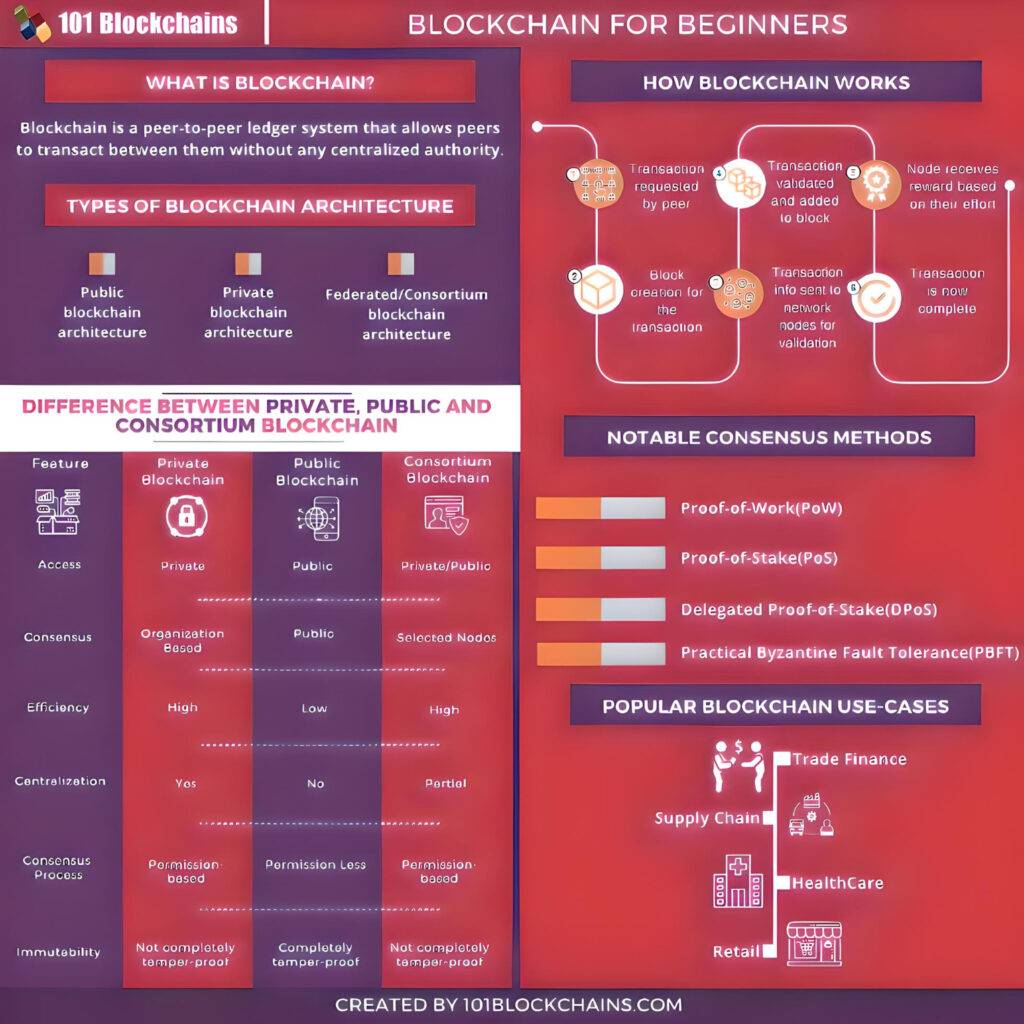
Supply Chain Management
Supply chain management is the process of managing the flow of goods and services, from the raw materials to the finished products, to ensure that they are delivered to the end customer efficiently and effectively. It involves coordinating and managing the activities of suppliers, manufacturers, distributors, and retailers to ensure that the right products are delivered to the right place at the right time.
Blockchain technology has the potential to revolutionize supply chain management by providing enhanced transparency, traceability, and security. Here are some of the top blockchain use cases in supply chain management.
Enhancing Transparency and Traceability
One of the biggest challenges in supply chain management is ensuring that all stakeholders have access to accurate and up-to-date information about the products they are dealing with. Blockchain technology can provide enhanced transparency and traceability in supply chain management by allowing all stakeholders to view and track every step of the process, from raw materials to finished products.
For example, a farmer can use blockchain technology to record the details of their crops, such as the date of planting, the type of fertilizer used, and the date of harvest. This information can be stored on the blockchain, and all stakeholders, from the farmer to the retailer, can access it in real-time. This can help to prevent fraud, reduce waste, and promote ethical and sustainable practices.
Reducing Counterfeit Goods
Counterfeit goods are a huge problem in supply chain management, costing the industry billions of dollars each year. Blockchain technology can help to reduce counterfeit goods by ensuring that every product is verified and authenticated before it reaches the market.
For example, a luxury handbag manufacturer can use blockchain technology to create a unique digital identity for each handbag. This digital identity can be stored on the blockchain, and all stakeholders can access it to verify the authenticity of the handbag. This can help to reduce the risk of counterfeit goods entering the supply chain and protect the reputation of the manufacturer.
Streamlining Logistics and Inventory Management
Logistics and inventory management are critical components of supply chain management. They involve coordinating the movement of goods and managing inventory levels to ensure that products are delivered to the end customer on time and in the right quantity.
Blockchain technology can streamline logistics and inventory management by providing real-time tracking and monitoring of shipments. For example, a shipping company can use blockchain technology to record the details of each shipment, such as the date of departure, the route taken, and the expected date of arrival. This information can be stored on the blockchain, and all stakeholders can access it in real-time to track the progress of the shipment.
Blockchain technology can also automate inventory management, ensuring that supplies are always in stock and reducing the risk of overstocking or understocking. For example, a retailer can use blockchain technology to monitor the inventory levels of their products in real-time and automatically reorder products when inventory levels fall below a certain threshold.
In conclusion, blockchain technology has the potential to transform supply chain management by providing enhanced transparency, traceability, and security. By leveraging blockchain technology, businesses can reduce costs, improve efficiency, and promote ethical and sustainable practices.
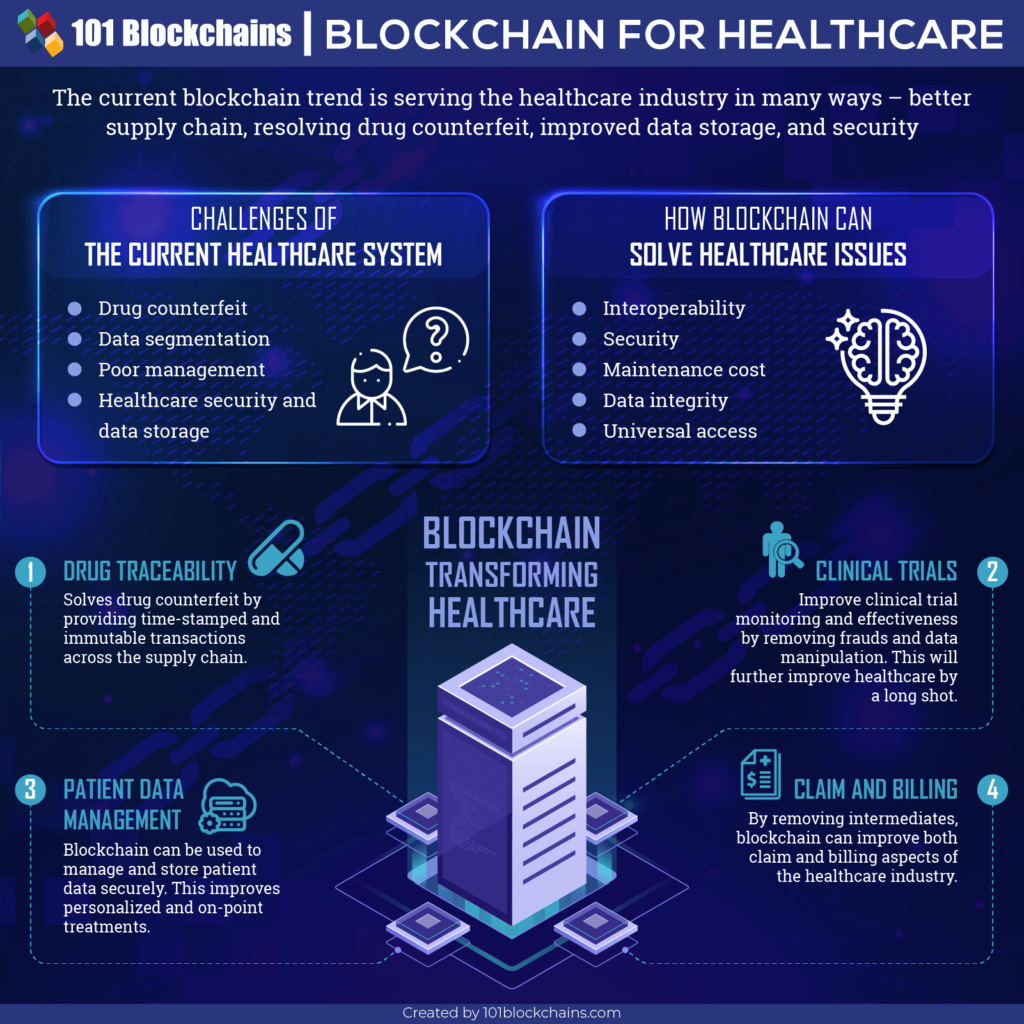
Healthcare and Blockchain
Healthcare is a rapidly growing industry, and with the increasing number of patients, the need for secure and efficient data management has become more critical than ever. Blockchain technology has the potential to revolutionize the healthcare industry by providing a secure, decentralized platform for managing patient data, streamlining medical records management, and improving drug traceability. Here are some of the top blockchain use cases in healthcare.
Securing Patient Data
Patient data is highly sensitive and requires robust security measures to prevent unauthorized access or theft. In the traditional system, patient data is stored in centralized databases, making it vulnerable to cyber attacks. Blockchain technology can provide enhanced security by encrypting patient data and keeping it decentralized, making it difficult for hackers to access. This means that patient data can be accessed only by authorized personnel, ensuring the privacy and security of patient information.
Moreover, blockchain technology can enable patients to have more control over their medical data. Patients can grant access to their medical records to healthcare providers, researchers, or other relevant parties, ensuring that their data is used only for the intended purposes. This can also facilitate better communication between patients and healthcare providers, leading to improved patient care.
Streamlining Medical Records Management
Managing medical records is a complex and time-consuming process for healthcare providers. In the traditional system, medical records are stored in different locations, making it difficult to access patient data instantly. Blockchain technology can streamline this process by providing a secure, decentralized platform for storing and sharing medical records.
With blockchain technology, medical records can be stored in a tamper-proof and transparent system, ensuring that all the data is accurate and up-to-date. This can enable healthcare providers to access patient data instantly and securely, ensuring better patient care. Moreover, blockchain technology can enable patients to have more control over their medical records, allowing them to share their data with healthcare providers or researchers easily.
Improving Drug Traceability
Drug traceability is a critical issue in healthcare, with counterfeit drugs posing a significant threat to patient safety. Blockchain technology can provide a transparent and secure mechanism for tracking and tracing drugs throughout the supply chain, ensuring that patients receive authentic medications.
With blockchain technology, each drug can be assigned a unique identifier that can be tracked throughout the supply chain, from the manufacturer to the patient. This can enable healthcare providers to verify the authenticity and quality of drugs, reducing the risk of counterfeit drugs. Moreover, blockchain technology can provide patients with more information about the drugs they are taking, including the origin, manufacturing process, and ingredients, leading to better patient outcomes.
In conclusion, blockchain technology has the potential to transform the healthcare industry by providing a secure, decentralized platform for managing patient data, streamlining medical records management, and improving drug traceability. While there are still challenges to be addressed, such as regulatory compliance and interoperability, the benefits of blockchain technology in healthcare are undeniable.
Conclusion
Blockchain technology is still in its early stages, but it has already demonstrated its potential to transform many industries. From finance to supply chain management and healthcare, blockchain offers enhanced security, transparency, and efficiency. As the technology continues to mature, we can expect to see even more innovative use cases emerge, revolutionizing the way we do business and live our lives.









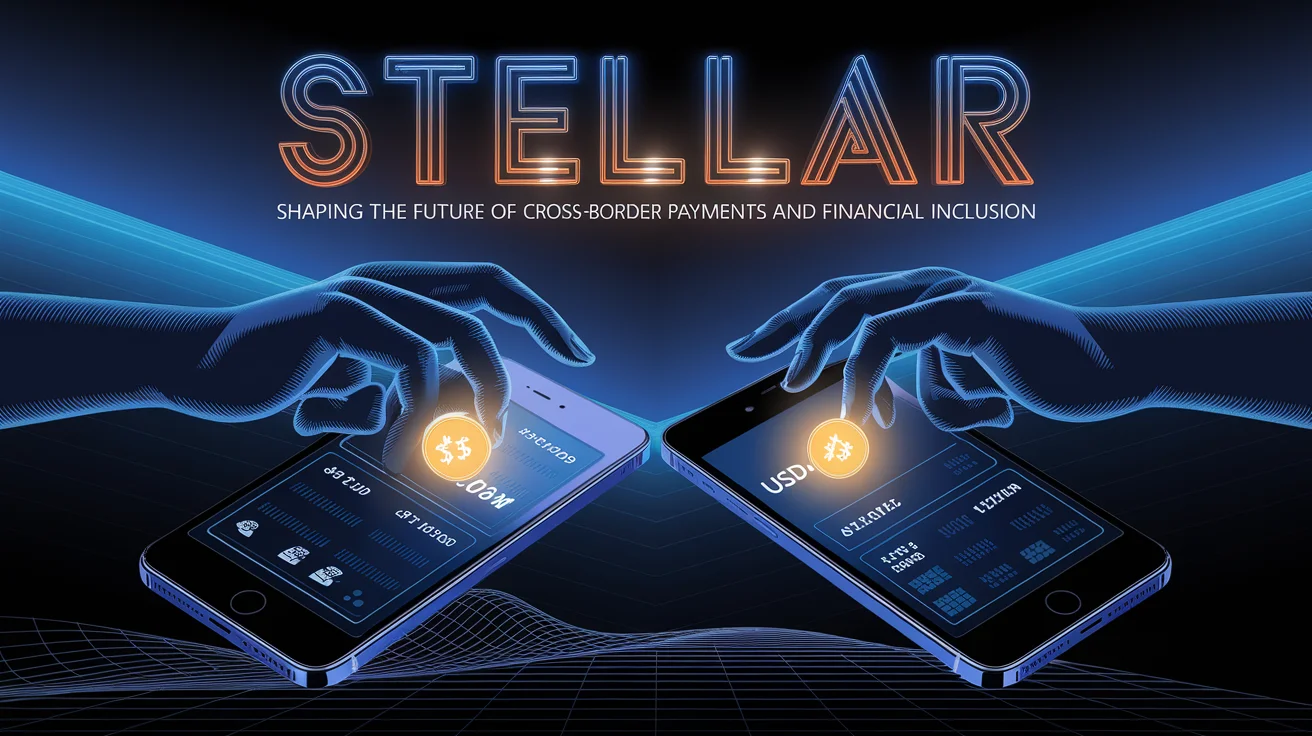
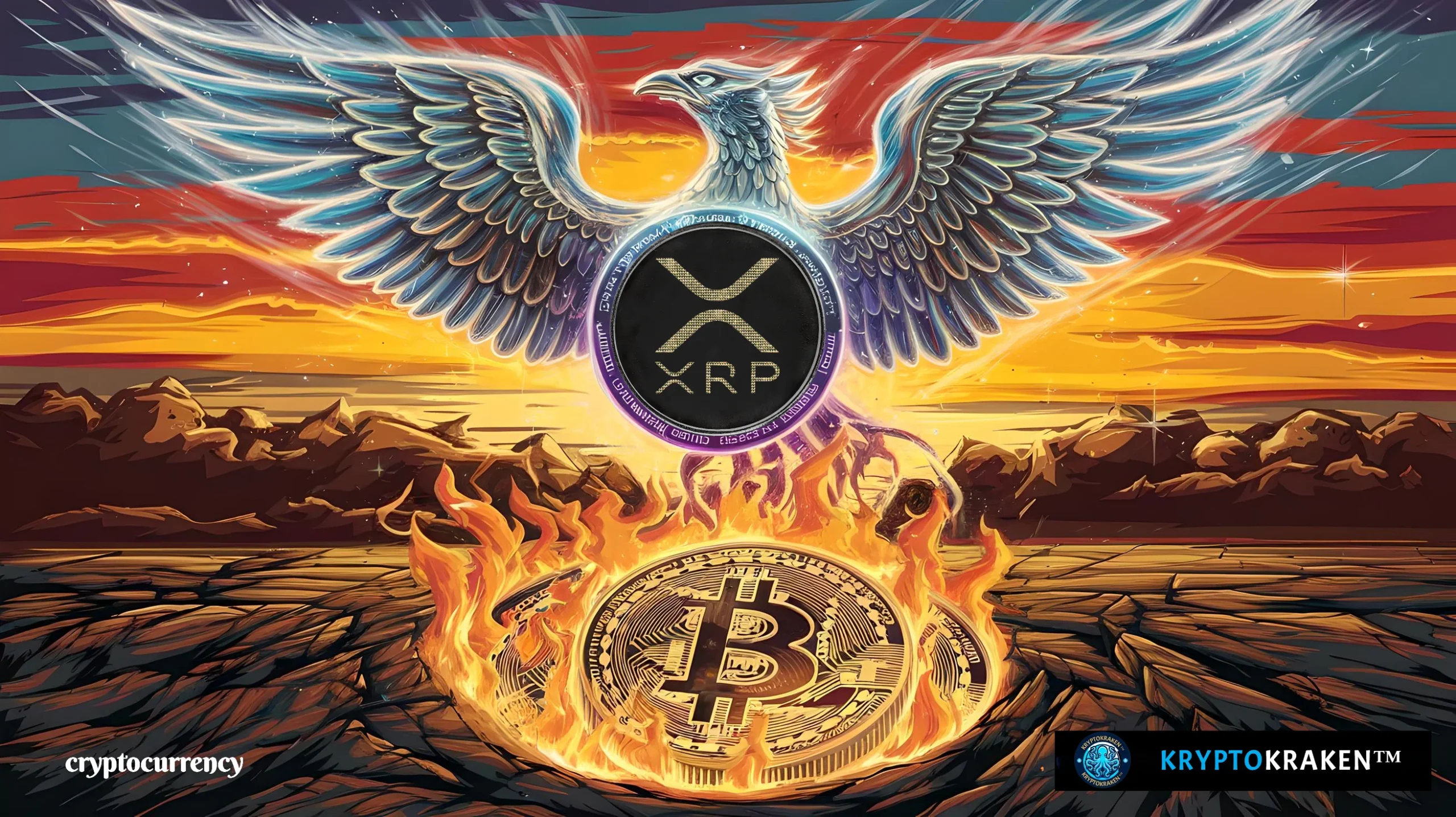
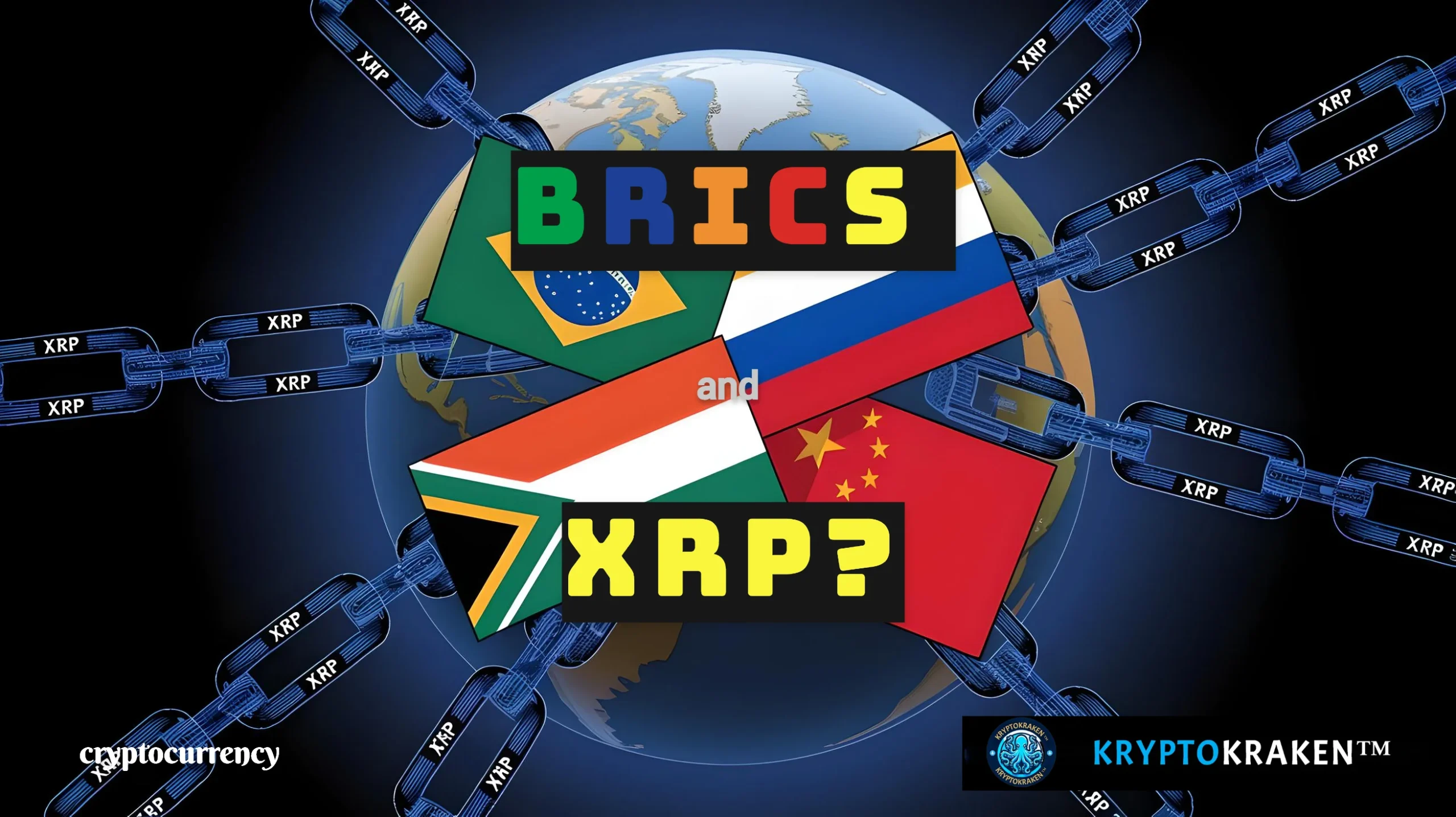






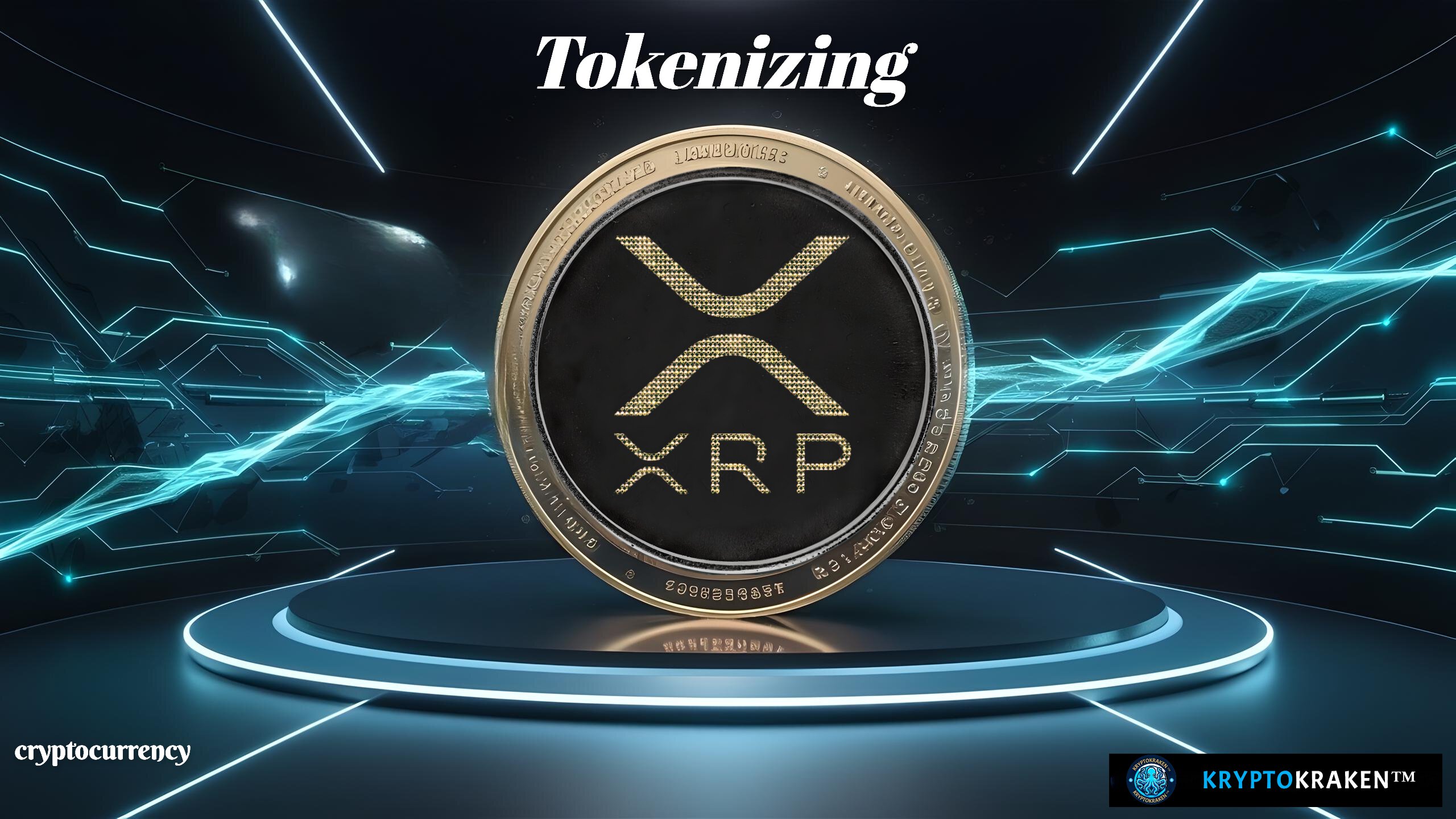













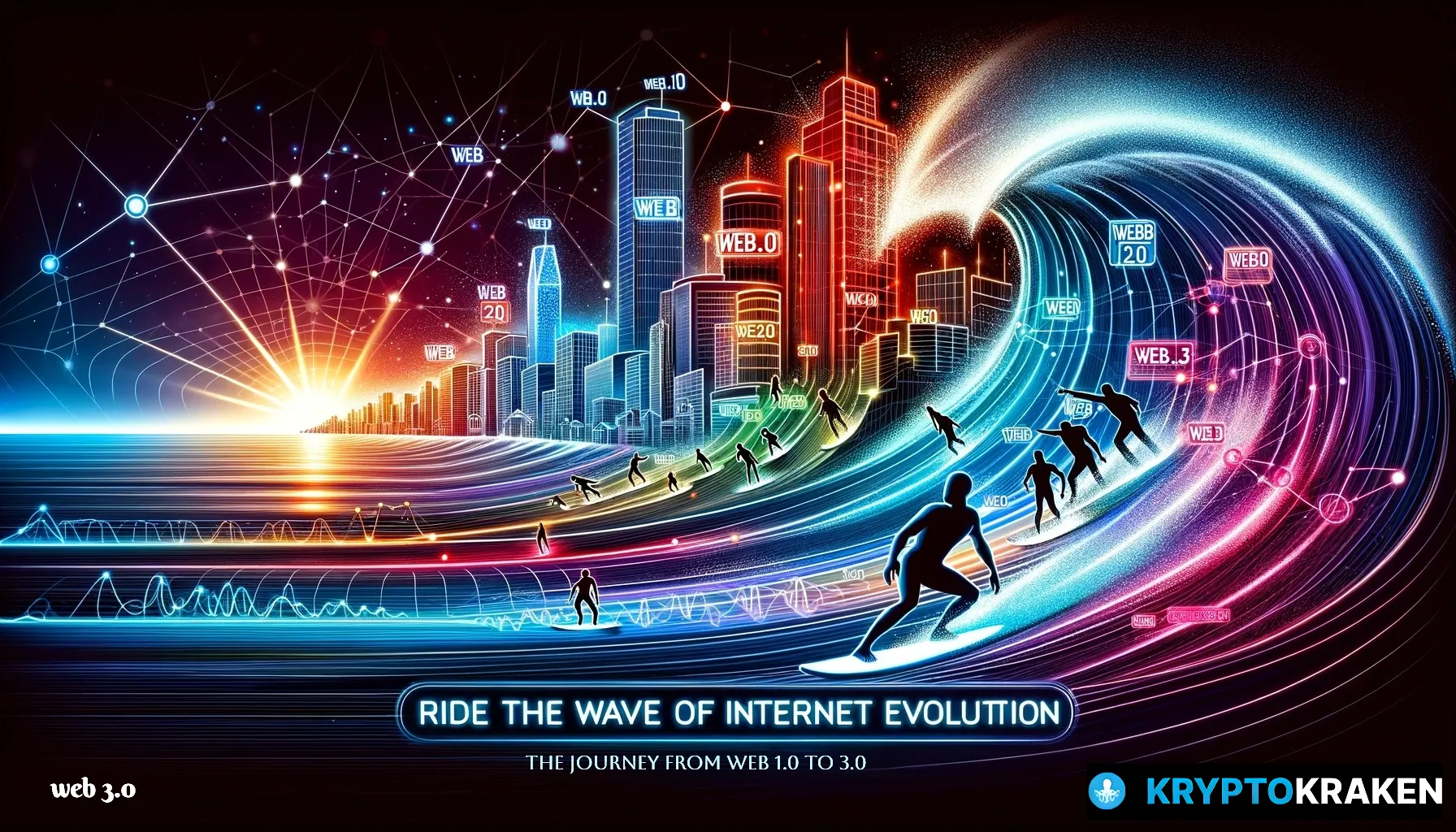







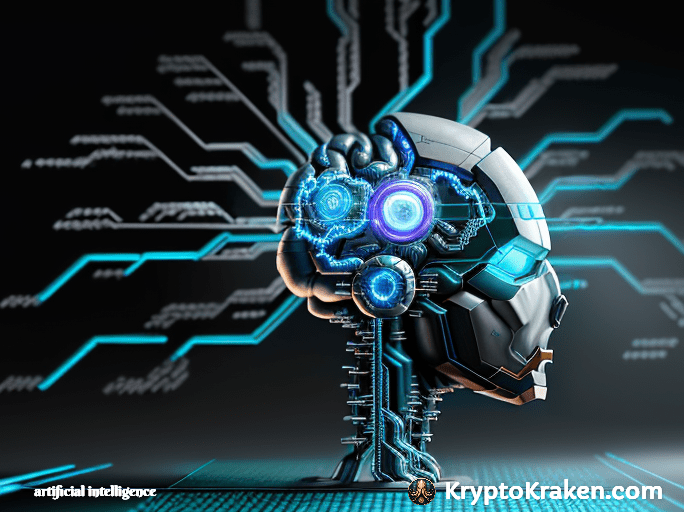

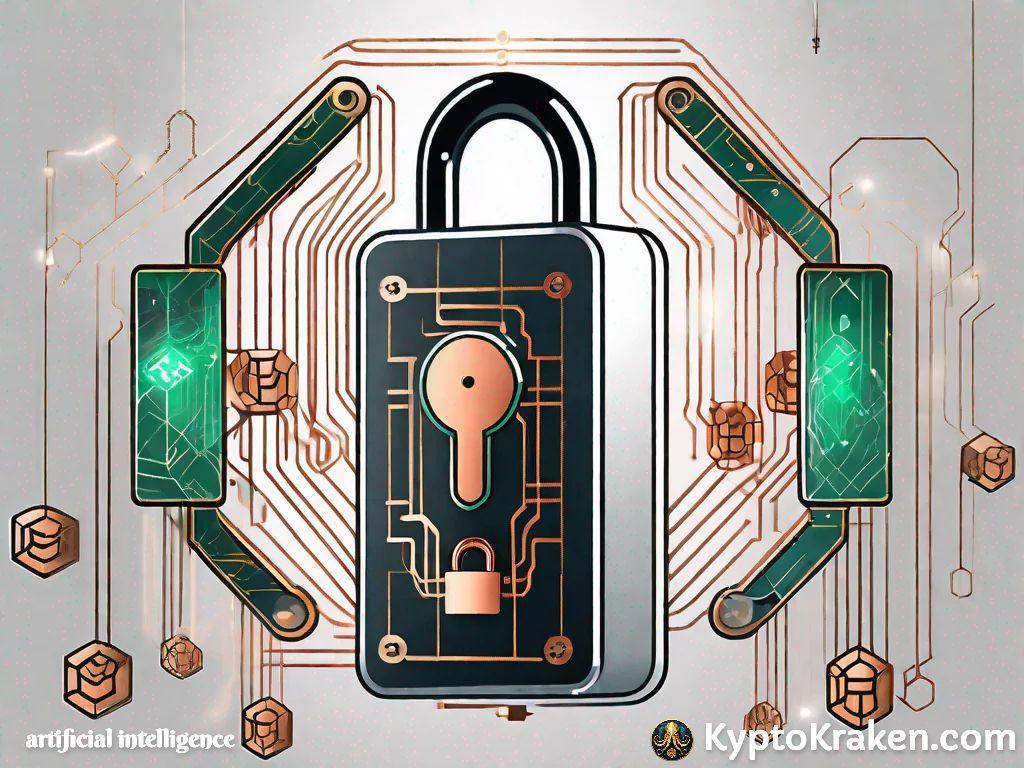


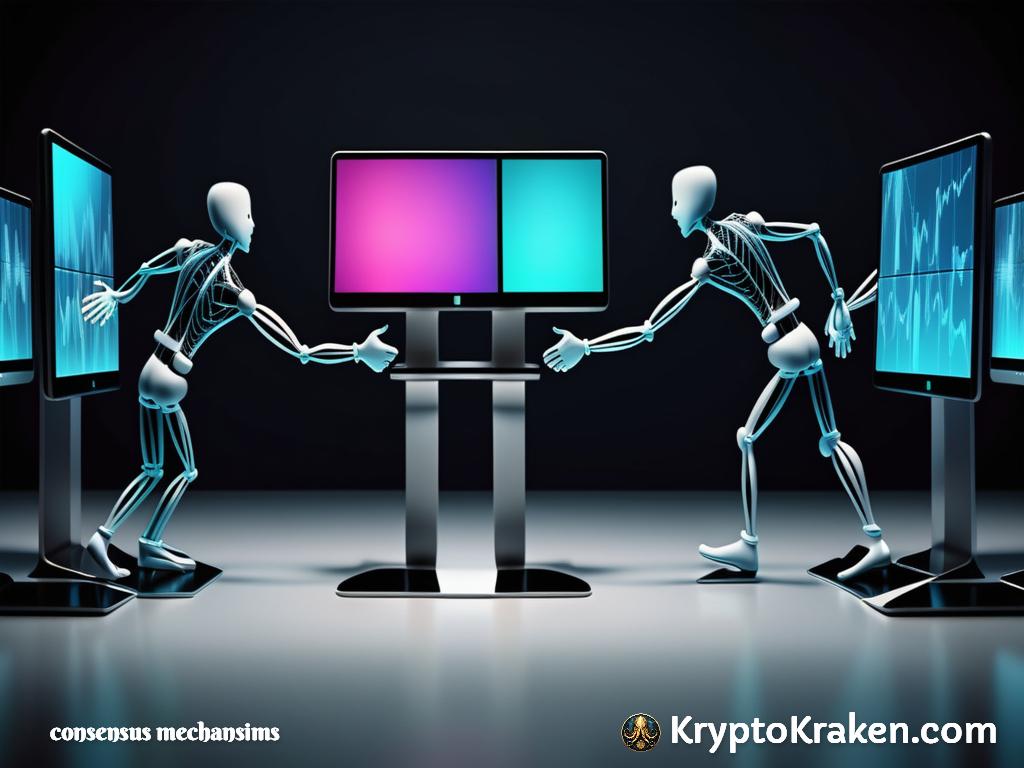

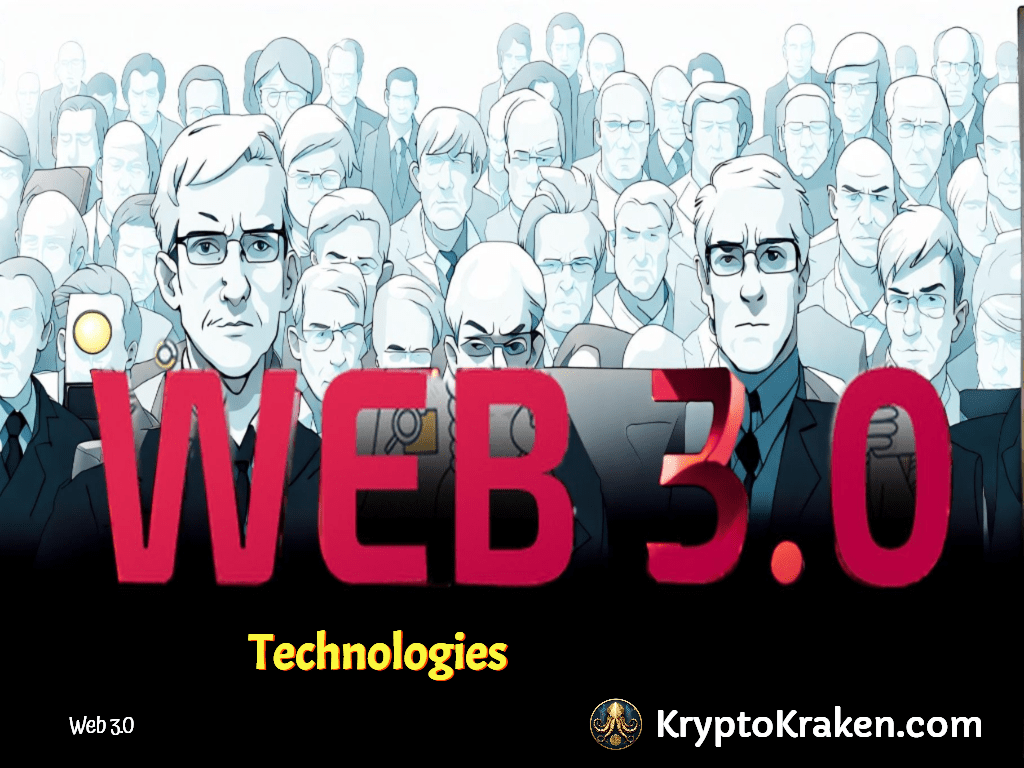










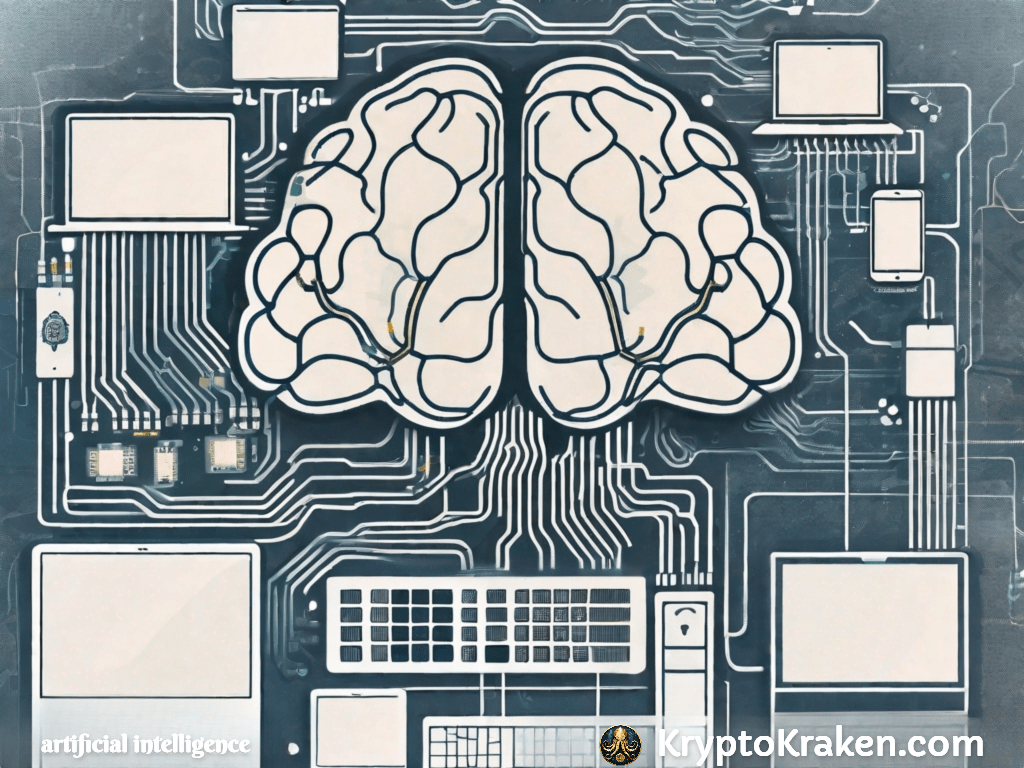









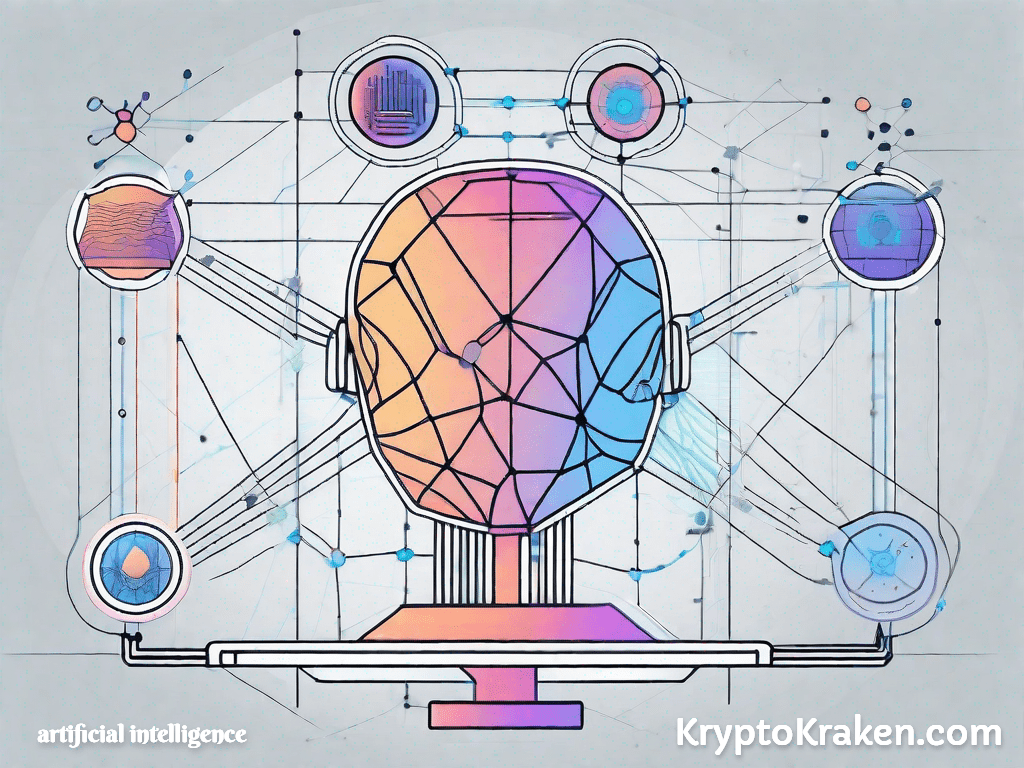
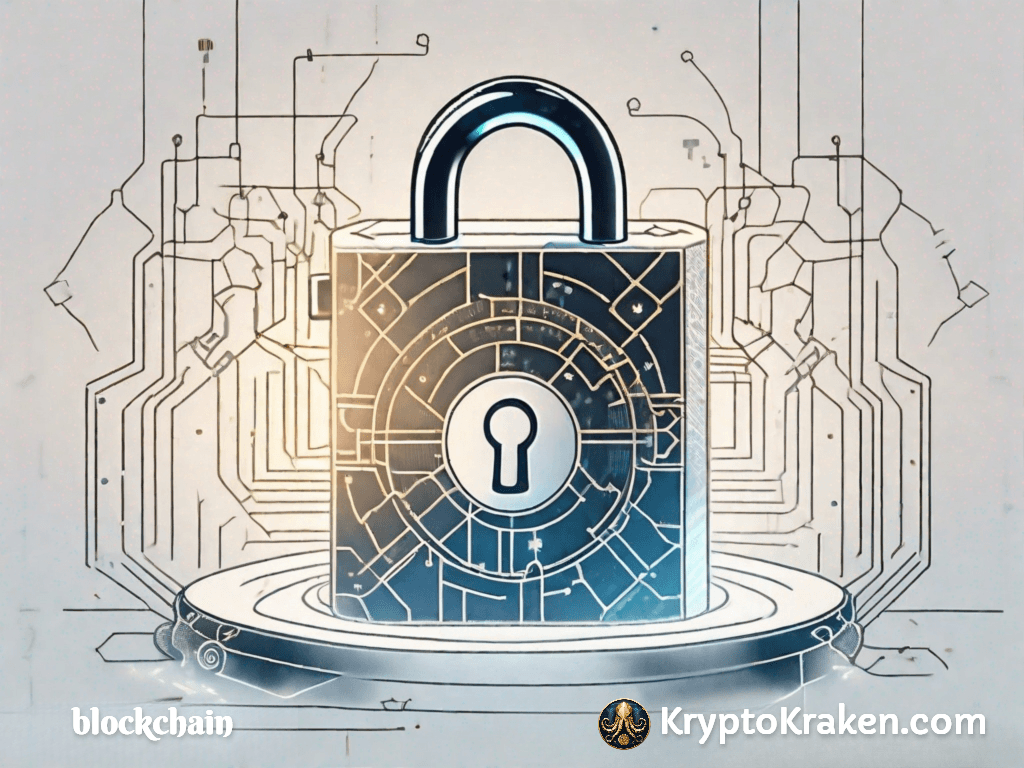
















3 comments on “Exploring the Top Blockchain Use Cases”